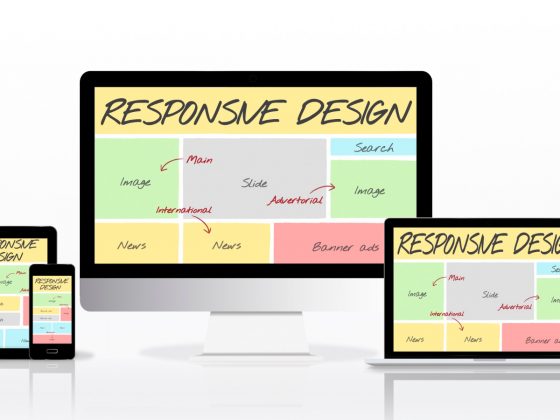In today’s digital world, having a website that is optimized for mobile devices is essential. With more than half of all internet traffic coming from mobile devices, it’s no longer enough to have a website that only looks good on a desktop computer. That’s where responsive design comes in.
Responsive design is a design approach that aims to create websites that provide optimal viewing and interaction experiences across a wide range of devices, from desktop computers to mobile phones and tablets. In this article, we will discuss how you can make your website mobile-friendly using responsive design.
- Start with a mobile-first approach
When designing a website, it’s important to start with a mobile-first approach. This means designing the website for mobile devices first, and then scaling up to larger screens. By designing for the smallest screen size first, you ensure that your website is optimized for mobile devices.
- Use a responsive design framework
Using a responsive design framework is an easy way to make your website mobile-friendly. A responsive design framework is a collection of pre-built HTML, CSS, and JavaScript components that you can use to quickly create responsive websites. Some popular responsive design frameworks include Bootstrap, Foundation, and Materialize.
- Use a mobile-friendly layout
A mobile-friendly layout is one that is optimized for mobile devices. This means using a layout that is easy to navigate on a small screen, with large buttons and clear calls to action. You should also make sure that your website’s content is easy to read on a mobile device.
- Optimize your images
Optimizing your images is an important step in making your website mobile-friendly. Large images can slow down your website’s loading time, which can be frustrating for mobile users. To optimize your images, you can use image compression tools or choose to use smaller images on your mobile website.
- Test your website on different devices
It’s important to test your website on different devices to ensure that it looks and works as intended. You can use tools like Google’s Mobile-Friendly Test or BrowserStack to test your website on different devices and screen sizes.
In conclusion, making your website mobile-friendly using responsive design is essential in today’s digital world. By following these tips, you can create a website that provides a great user experience on any device. So, start with a mobile-first approach, use a responsive design framework, create a mobile-friendly layout, optimize your images, and test your website on different devices to ensure that it’s truly mobile-friendly.








